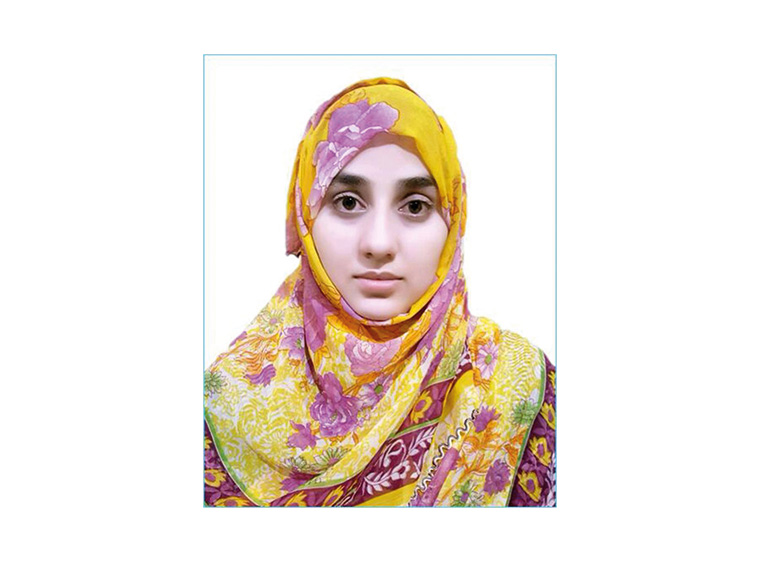
M
+34 946 567 842
F
+34 946 567 842
E
vanam@bcamath.org
Information of interest
- Orcid: 0000-0003-0854-2050
I am now pursuing a PhD at BCAM. I decided to apply my mathematical modeling to Biosciences to investigate disease dynamics, hence I chose within-Host dynamics. Modeling the host-immune components involved in illness development is the topic of my PhD research. I'm using a within-host modeling approach to better understand the immunopathogenesis of severe disease as a result of primary and subsequent infections with the same pathogens, as well as infections with different pathogens, such as animal-to-human spillover of new pathogens with pandemic potential. Different infectious illnesses' shared characteristics are being considered. The models will be validated using laboratory data on antibodies that mediate immune responses, and then the potential for imperfect and selective vaccination effectiveness will be investigated.
-
Complex Network Approaches for Epidemic Modeling: A Case Study of COVID-19
(2024-03-01)Since the SARS-CoV-2 outbreak, the importance of mathematical modeling as a tool for comprehending disease dynamics has been highlighted, with several mathematical modeling techniques being applied and developed to simulate ...
-
Within-host models unravelling the dynamics of dengue reinfections
(2024-02-07)Caused by four serotypes, dengue fever is a major public health concern worldwide. Current modeling efforts have mostly focused on primary and heterologous secondary infections, assuming that lifelong immunity prevents ...
-
Modeling Dengue Immune Responses Mediated by Antibodies: Insights on the Biological Parameters to Describe Dengue Infections
(2022-03-18)Dengue fever is a viral mosquito-borne disease, a significant global health concern, with more than one third of the world population at risk of acquiring the disease. Caused by 4 antigenically distinct but related virus ...
-
Seasonally Forced SIR Systems Applied to Respiratory Infectious Diseases, Bifurcations, and Chaos
(2022-03-03)We investigate models to describe respiratory diseases with fast mutating virus pathogens such that after some years the aquired resistance is lost and hosts can be infected with new variants of the pathogen. Such models ...
-
Understanding COVID-19 Epidemics: A Multi-Scale Modeling Approach
(2022-02-18)COVID-19 was declared a pandemic by the World Health Organization in March 2020 and, since then, research on mathematical modeling became imperative and very influential to understand the epidemiological dynamics of disease ...
-
Mathematical models for dengue fever epidemiology: a 10-year systematic review
(2022-02-15)Mathematical models have a long history in epidemiological research, and as the COVID-19 pandemic progressed, research on mathematical modeling became imperative and very influential to understand the epidemiological ...
-
Modeling dengue immune responses mediated by antibodies: A qualitative study
(2021-09-01)Dengue fever is a viral mosquito-borne infection and a major international public health concern. With 2.5 billion people at risk of acquiring the infection around the world, disease severity is influenced by the immunological ...
-
Numerical computing approach for solving Hunter-Saxton equation arising in liquid crystal model through sinc collocation method
(2021-07-21)In this study, numerical treatment of liquid crystal model described through Hunter-Saxton equation (HSE) has been presented by sinc collocation technique through theta weighted scheme due to its enormous applications ...
-
Critical fluctuations in epidemic models explain COVID‑19 post‑lockdown dynamics
(2021-07-06)As the COVID-19 pandemic progressed, research on mathematical modeling became imperative and very influential to understand the epidemiological dynamics of disease spreading. The momentary reproduction ratio r(t) of an ...

 ;
;